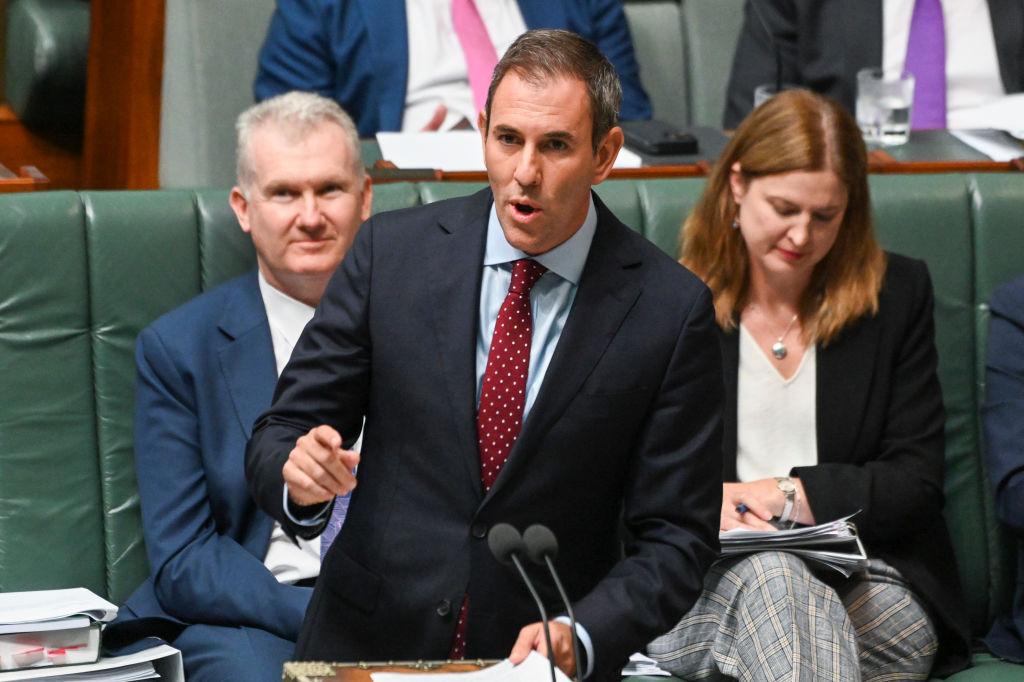Australians will need to improve productivity levels if better standards of living are to be achieved, says Federal Treasurer Jim Chalmers.
The Labor treasurer predicts Australians will work two extra hours in the future while earning 40 percent less if the country fails to lift its game.





